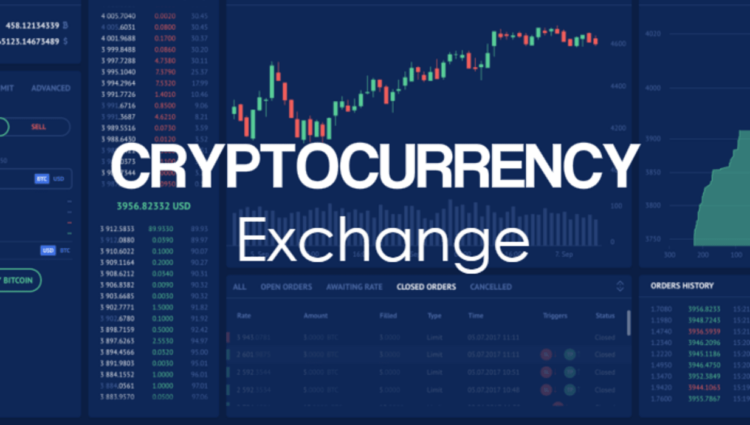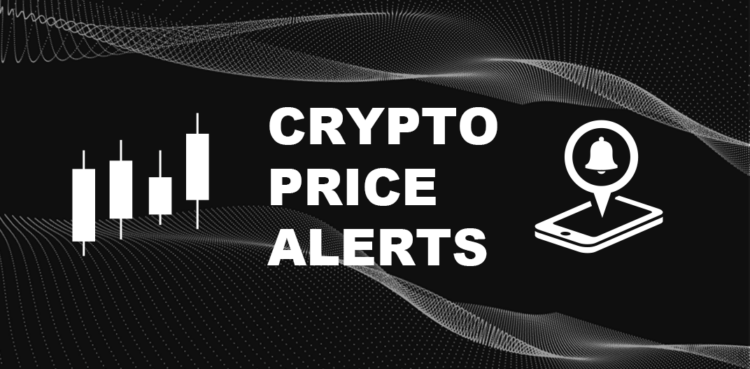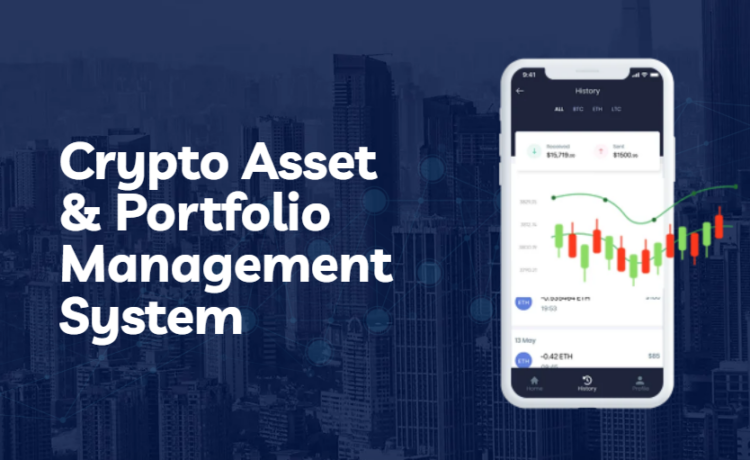In the ever-evolving landscape of Bitcoin trading in 2024, the stakes have never been higher. With the cryptocurrency market’s dynamic nature, traders are constantly on their toes, adapting to the latest trends and technologies. The importance of having the right tools in your trading arsenal cannot be overstated. These tools not only provide a competitive edge but also ensure that traders make informed decisions, minimizing risks and maximizing profits.
Page Contents
1. Cryptocurrency Exchange Accounts

Source: miro.medium.com
Having accounts on reputable cryptocurrency exchanges is the first step for any aspiring Bitcoin trader. These platforms act as the gateway to the vast world of cryptocurrencies. While Bitcoin remains the dominant player, the crypto universe is vast, with thousands of altcoins offering lucrative trading opportunities. By diversifying your exchange accounts, you gain access to a broader range of coins, enhancing your trading strategies.
Moreover, each exchange offers unique features, from advanced trading tools to staking opportunities. For instance, platforms like Binance and Kraken provide a plethora of trading pairs, while others like Bitfinex might offer leverage options. It’s essential to research and choose exchanges that align with your trading goals.
2. Wallets for Secure Storage
Once you’ve acquired Bitcoin or other cryptocurrencies, ensuring their safety is paramount. This is where cryptocurrency wallets come into play. These digital tools securely store your crypto assets, safeguarding them from potential threats.
There are primarily two types of wallets: hot and cold. Hot wallets are connected to the internet, providing easy access and convenience for regular traders. Examples include mobile wallets and desktop clients. However, they are susceptible to online threats. On the other hand, cold wallets, like hardware wallets, are offline storage devices. They offer the highest security level, making them ideal for storing large amounts of cryptocurrencies. Brands like Ledger and Trezor are popular choices among traders.
3. Technical Analysis Software
Technical analysis is the backbone of trading decisions. It involves studying price charts and using statistical measures to predict future price movements. Platforms like TradingView and Coinigy have become indispensable for traders, offering a suite of tools to analyze price patterns, volume, and other market indicators. Trust us, this is the field where you need to make the first change. So, do not be afraid to seek professional help from outlets such as https://quantumtradewave.com/.
These platforms provide interactive charts, a plethora of indicators, and even social features where traders can share their insights. Whether you’re drawing trend lines or analyzing Fibonacci retracements, having robust technical analysis software can significantly enhance your trading decisions. This is the first step towards a permanent victory in the crypto trading field.
4. Fundamental Analysis Resources

Source: academy.moralis.io
While technical analysis focuses on charts, fundamental analysis delves into the underlying factors driving market movements. This could range from regulatory news, technological advancements, or macroeconomic factors.
Resources like news aggregators collate the latest updates from various sources, ensuring traders stay informed. Forums like BitcoinTalk and research platforms such as Messari provide in-depth insights into projects, helping traders understand the bigger picture.
5. Cryptocurrency News Platforms
In the fast-paced world of cryptocurrencies, staying updated with real-time news is crucial. Platforms like CryptoCompare, CoinDesk, and Cointelegraph have established themselves as reliable sources for the latest updates, interviews, and analyses.
These platforms not only cover Bitcoin but also provide insights into the broader cryptocurrency market. From regulatory changes to technological innovations, being informed allows traders to anticipate market movements and adjust their strategies accordingly.
6. Trading Bots and Algorithms
The crypto market operates 24/7, making it challenging for traders to monitor price movements constantly. Enter trading bots and algorithms. Platforms like 3Commas and HaasOnline offer automated trading solutions, allowing traders to set specific criteria for buying or selling assets.
These tools can execute trades faster than humans, capitalizing on fleeting market opportunities. However, it’s essential to set them up correctly and review their performance regularly.
7. Price Alerts and Notifications

Source: cryptocurrencyalerting.com
With the volatile nature of Bitcoin prices, real-time alerts can be a game-changer. Tools that offer notifications through email, SMS, or mobile apps ensure that traders don’t miss out on significant price movements. Whether it’s a sudden price drop or an all-time high, being alerted in real-time allows for quick decision-making.
8. Market Sentiment Analysis Tools
Understanding market sentiment can provide a competitive edge. Platforms like Santiment and TheTIE analyze social media, news sources, and other online platforms to gauge the overall sentiment around specific cryptocurrencies. Positive sentiment can indicate a bullish trend, while negative sentiment might signal a potential price drop.
9. Economic Calendar and Events Tracker
Cryptocurrency prices often react to significant global events. Platforms that provide economic calendars and event tracking help traders anticipate potential market movements. Whether it’s a major regulatory announcement or a technological breakthrough, being aware of these events can be crucial for trading strategies.
10. Portfolio Management Platforms

Source: common-blog-suffes.s3.us-east-2.amazonaws.com
As traders diversify their holdings, tracking and managing a portfolio becomes challenging. Tools like CoinTracker and Delta offer comprehensive portfolio monitoring solutions, providing insights into performance, asset distribution, and potential tax implications.
11. Learning Resources and Communities
The cryptocurrency landscape is continuously evolving. Continuous learning is vital to stay ahead. Online courses, forums, and social media groups offer a wealth of knowledge, from trading strategies to the latest industry trends. Engaging with these communities also provides networking opportunities, opening doors to collaborations and partnerships.
12. Security and Two-Factor Authentication
Last but not least, securing your trading accounts and assets is paramount. Two-factor authentication (2FA) adds an extra layer of security, ensuring that only authorized individuals access accounts. Platforms like Google Authenticator or Authy provide 2FA services. Additionally, always be wary of phishing attempts and ensure your devices are malware-free.
Conclusion

Source: dailytrust.com
Building a comprehensive Bitcoin trading toolkit is essential for success in 2024. From choosing the right exchanges to ensuring top-notch security, every tool plays a pivotal role. As the cryptocurrency market continues to evolve, traders must adapt, continuously updating their toolkits and strategies. Stay informed, stay secure, and happy trading!





